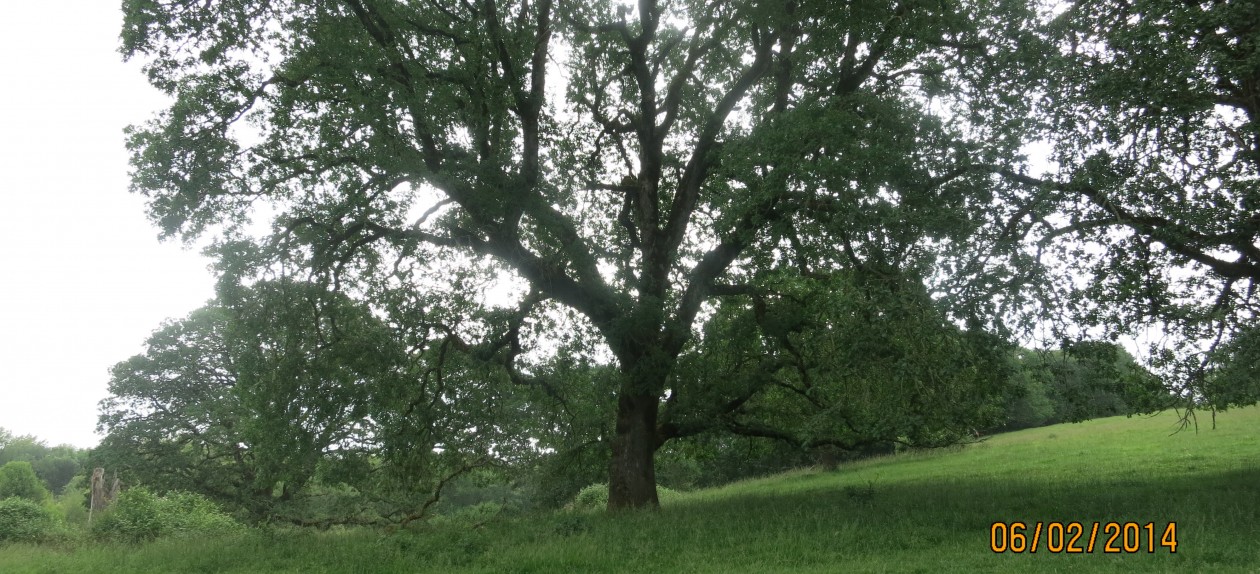“A tone poem? And that would be what?”
I think it’s a kind of musical composition such as you might hear on your Pandora “Meditation Station,” minus the throaty bamboo pipes. But I’m thinking about it in terms of color. And it’s probably not best to blog about color when I can’t show you my photos.
“Problems?”
YES. I took my fancy Lumix to the farm in the hope of getting better shots, and now can’t load the results onto my computer.”
“We can call Miles.” (Computer Guy.)
Yeah. Tomorrow. Meanwhile, here we are. At the mercy of the written word.
Okay. We’ve been engaged in the challenge of finding the nice gray color that we (which means I) have been imagining from the beginning. I’m sure you all have experienced the inevitable frustrations at the way color changes itself from one moment to the next, from the Miller Paint store to the parking lot outside their shop to its final destination. The real problem, however, is existential. Gray, my friends, does not exist. A little tutorial: (Light is one thing, but we’re talking about pigments.) So “a red pigment is a material that absorbs all colors but red. Likewise a blue pigment absorbs all colors except blue. If you put enough of the right pigments into something it will appear to be black, as it absorbs all colors.” Thus sayeth Google.
So then, gray would just be the black you created plus a measure of white. Right? Apparently not. The minute you add the white, some one or other of the component colors will emerge, and while the paint chip at the store looks gray, be sure that when applied to a wall, for example, it will become blue, or green, or brown, or lilac. And ghastly.
So what’s wrong with a nice blue-gray, or whatever? Nothing. Unless the dark gray standing-seam roof you have caused to be installed on your new home turns out to be a nice blue gray. Fine. Unless the lovely gray sandstone you selected for the exterior wainscoting has proved to be, upon its application, a nice brown-gray. Neither of these features, the roof nor the wainscoting, can be changed. So. Blue roof, brown stone. And a “gray” that will lie happily between the two? Non-existant.
Enter Cactus. This is he who is putting the stone on the house, piece by piece. Good name, huh? He observes the seven swaths of color we’ve applied to test sections of the siding and sums things up. “The blue roof will reach into the stone, find the darkest shard and pull it across the intermediary field of color represented by the fourth-test brownish gray of the siding. This is the one you should choose.”
It doesn’t look gray at all, it looks brownish, but he seems to be right, and we give up. We will have a brownish house.
We finally arrived at the farm on a day when the county will allow burning, and began the life-time job of burning the slash oak on the property. Larry stood, rake in hand, shovel near by, in a meditative state, perhaps hearing a tone poem in his head, nurturing the small flame he could achieve with the wet wood, a happy man. I, more restless, roamed about gathering wind-blown pieces of plastic from the construction, and stumbled upon a little grotto in the woods. Insert photo here: sunlight on figures of collapsed wood entirely dressed in the greenest of moss. The gnome-like creatures arranged in a circle under an opening in the canopy, luminous against the drab of winter forest. Magic. I made Larry come and see the little people, but he was eager to get back to his fire. Hmm.
Somewhat enchanted on the ride back to Portland, absorbed in a book on Audible, we were embarrassed by a phone call from Gordon. “Where are you guys?” We’d forgotten we had a date to meet them for dinner before the play for which we had tickets that night. How dumb! How could both of us forget? I mean, we’re at that age, and all, but we don’t usually experience simultaneous fog. At least so far.
But we got back in time for the play, and it was great.

Can’t wait to see the browngraybrowngray on the house! All hail Cactus…